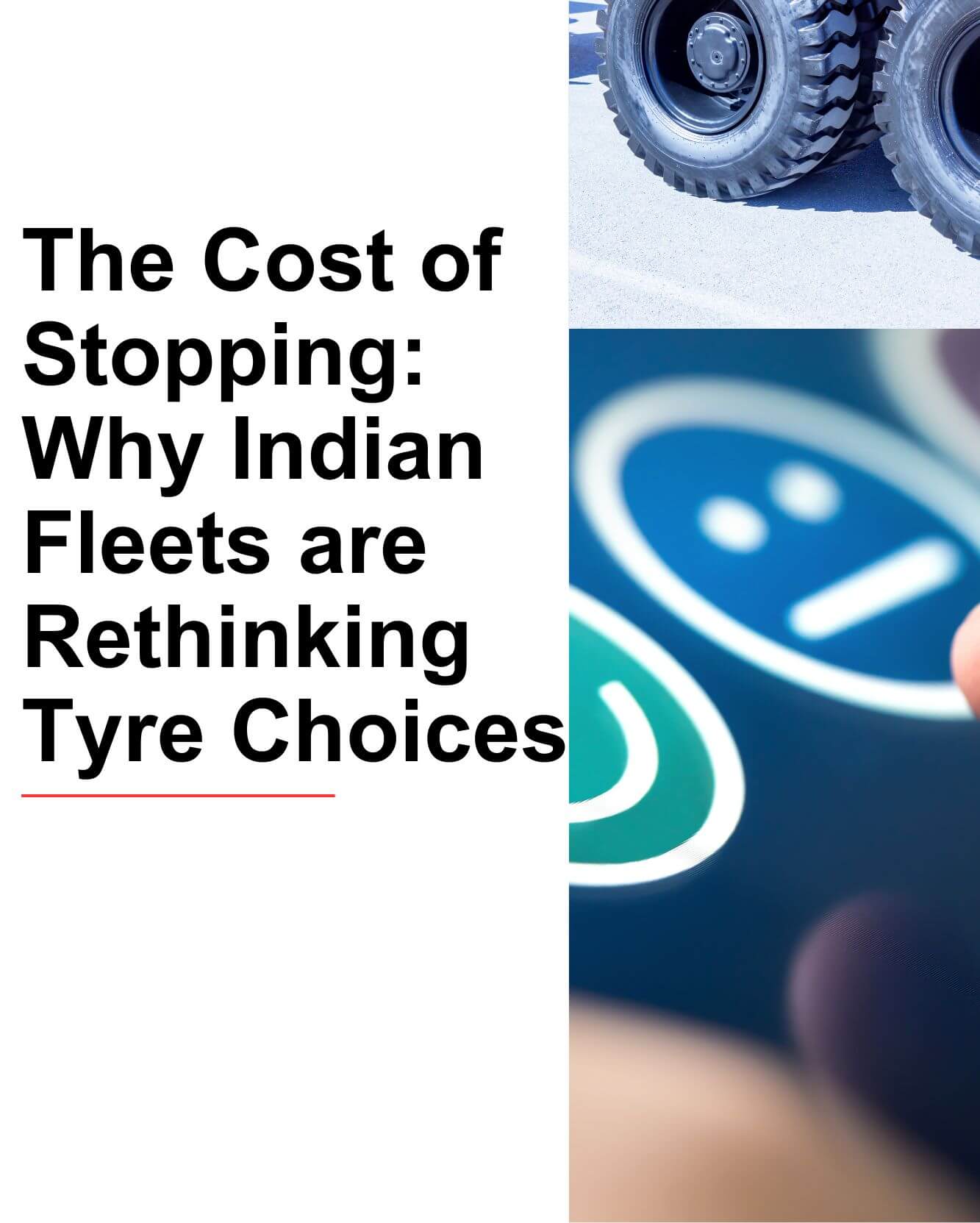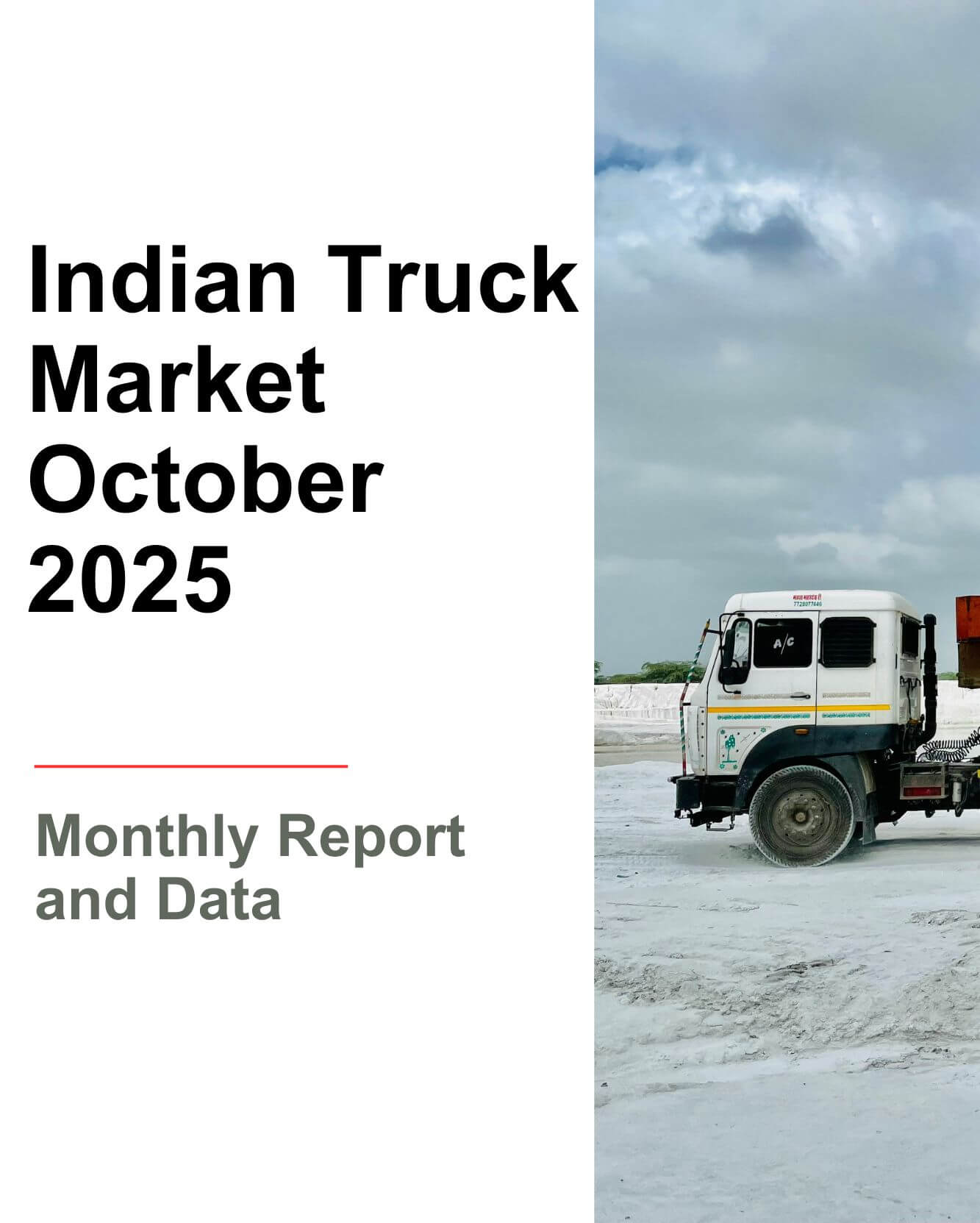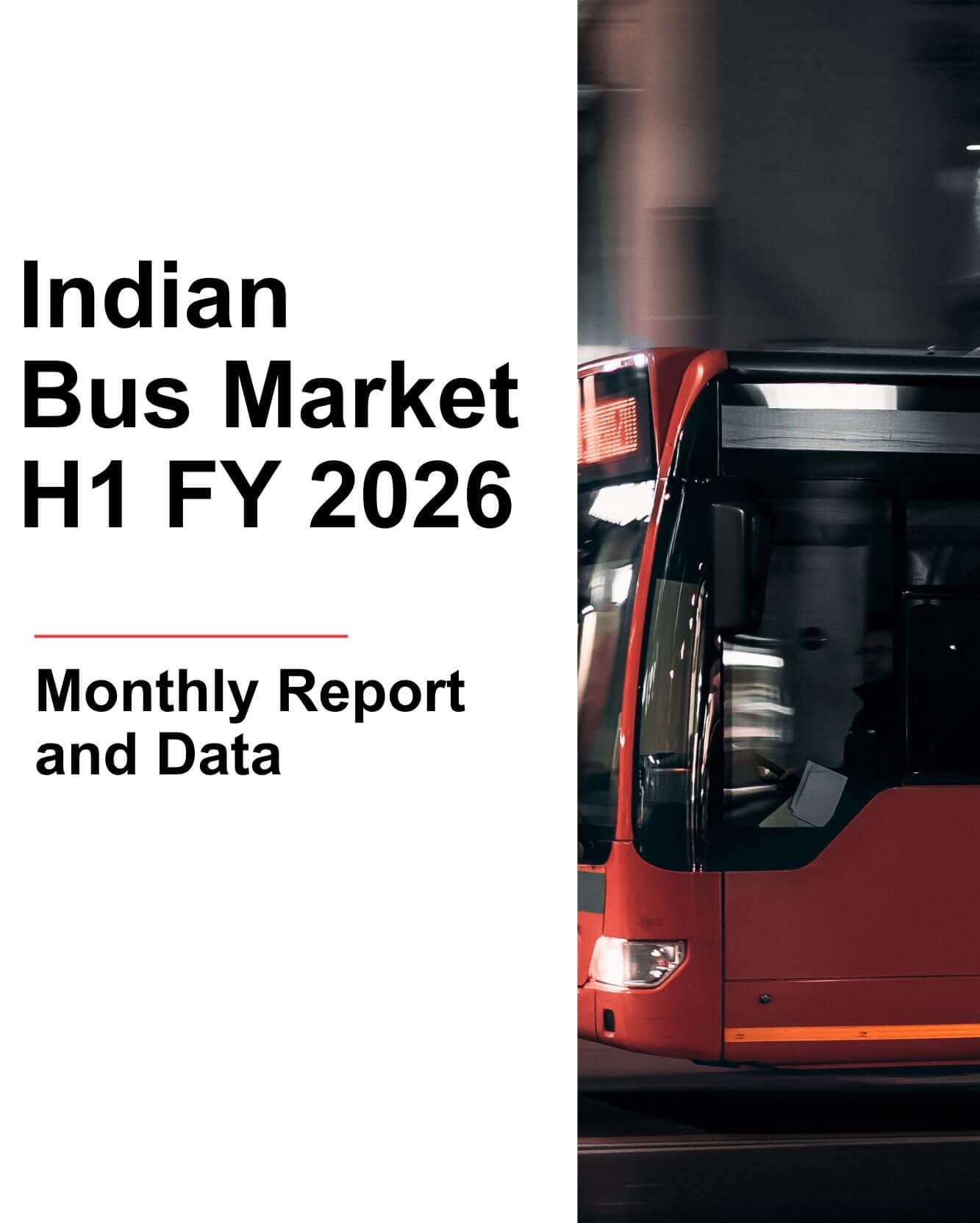Overview of Truck Pricing:
The Indian Truck Pricing Strategy report is an exclusive, detailed report. We have maintained the data since 2008. Model-wise pricing data is crucial for all truck industry stakeholders because it provides sensitive analysis. Depending on the Model, the truck price increased between 30% and 50% on average.
We have covered different Drivetrain Truck technologies:
- ICE Truck
- Electric Truck
- CNG Truck
- LNGTruck
In our latest study, optimizing the price of Electric trucks can increase sales from 10 to 16%, and ICE and other fuel types can grow between 12 and 18%.
The brands need to understand the price broadly, not only the number of people who need to pay to get the Truck. Several factors need to be understood before deciding on the price. Willingness to pay is the key to pricing; competitor pricing benchmarking is used only for reference. In practice, it has been seen that competitor pricing is the only criterion for making the final call on pricing. Ultimately, the value OEMs give the customer is the key; there is no expensive or affordable truck at the point of fleet owners or logistics companies.
Every Truck Model differs from the others, even within the same brand. We have covered the following Truck Brands:
- Tata Motors
- Ashok Leyland
- BharatBenz (Daimler India Commercial Vehicle)
- Eicher Trucks
- Volvo Trucks
- Propel
- IPLTech
- Euler Motors
- EKA
- Scania
- Montra
- Maruti Suzuki
- Mahindra Trucks
- SML Isuzu
- iBoard
- Blue Energy
The variables that need to be considered are:
- What is the application of the trucks?
- What are the specifications and features?
- Spare parts cost, including Wear & tear and availability
- Mileage
- AMC, if there are any, typically for the Tipper segment or specific applications like Ports
- Buyers trust
- Brand image and reputation
- Suitability for Application or terrain
- Resale price
- Final Invoice Value or transaction price
Once all factors are considered appropriately, the price can be optimized effectively.
When Daimler (Mercedes-Benz—Actros Tipper) Trucks launched in India, their price was a bit higher than that of Volvo trucks, creating the perception that Daimler was more premium. Similarly, when the Bharatbenz Brand was launched, its price was slightly higher than Tata Motors because DICV wanted a premium Truck image compared to Tata and Ashok Leyland in the HDT segment.
Similarly, MAN launched its CLA range in India at a high price compared to Indian OEMs like Eicher, Tata Motors, and Ashok Leyland, but low compared to Volvo Trucks. MAN called this its Budget truck Strategy. However, Munich lost a lot on every MAN truck sale, and the MAN Munich cost centre absorbs this loss.
Every OME has a different pricing strategy.
Key Highlights of the report:
Truck Pricing trend
- Segment wise
- Sub Segment
- Model-wise, Type- Haulage/Tipper/Tractor
- All variants (Macro level detail)
- Change in pricing
- Price Comparison
- Product portfolio
- Product position
- Product segment analysis & Product USP]
Truck Types
- Rigid haulage
- Tipper, and
- Tractor Trailer
Price Philosophy
- End customer price
- Discount
- Govt. / Institutional sales
- Dealer Price/ Margin
Labor Charges
- Authorized dealers
- Local Garage
The price of the product changes
- Variant based on aggregates
- Upgraded version
- Unique variant
- Effect of the regulation change on price
Customers Segmentation
- Retail customers
- Large fleet owners
- Behavior & Psychology
- Special application vehicles
Spare Parts Price
- Genuine parts price
- Non-Genuine (Direct OEM suppliers) price
- Spurious parts
- Parts life analysis
Forecast
- Summary




